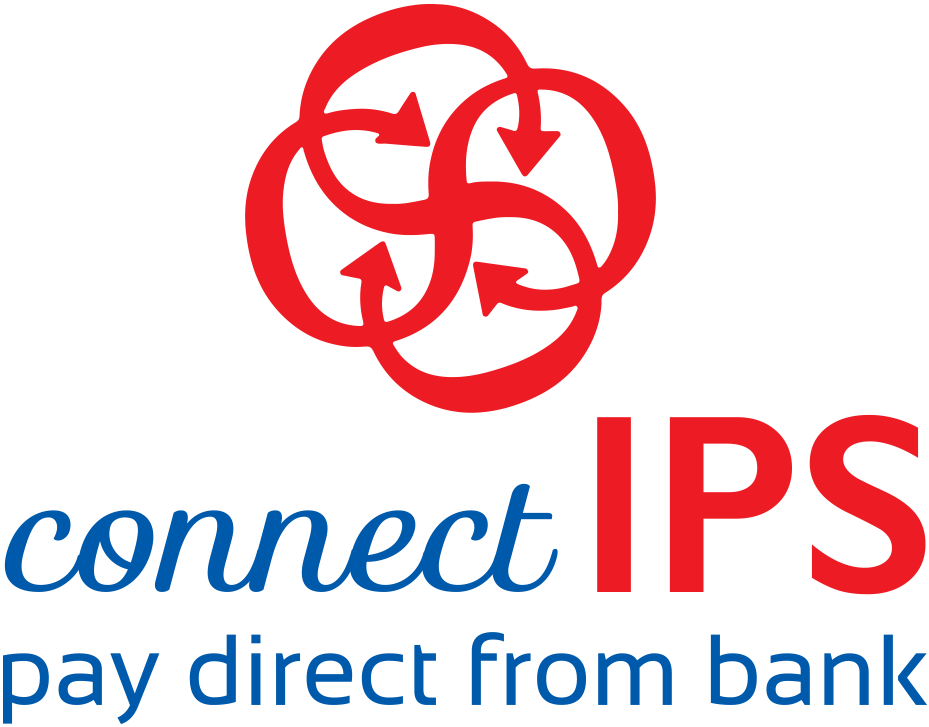What is the Difference Between EPON and GPON Technology?
In today’s rapidly advancing digital landscape, high-speed internet access has become a necessity rather than a luxury. To meet this demand, service providers are deploying fiber-optic networks that are faster, more reliable, and scalable. Two major technologies at the heart of fiber-optic broadband delivery are EPON (Ethernet Passive Optical Network) and GPON (Gigabit Passive Optical Network). Though both serve similar functions—delivering broadband over fiber—they differ in architecture, protocol, performance, and efficiency. Let's dive deeper into what sets them apart.
1. Basic Overview
EPON (IEEE 802.3ah): Based on Ethernet standards, EPON uses packet-based transmission and is widely used in Asia, especially in countries like China and Japan. It's built to support standard Ethernet frames, making it a natural extension of existing Ethernet networks.
GPON (ITU-T G.984): Developed by the ITU, GPON supports multiple protocols including ATM, Ethernet, and TDM. It’s more popular in Europe and North America and is known for offering higher bandwidth efficiency and better Quality of Service (QoS) features.
2. Data Transmission Rate
EPON: Offers symmetric speeds—typically 1.25 Gbps both upstream and downstream. Some newer versions like 10G-EPON support up to 10 Gbps.
GPON: Offers asymmetric speeds—typically 2.5 Gbps downstream and 1.25 Gbps upstream, providing better download performance which aligns with most user consumption patterns.
3. Protocol Support
EPON: Works natively with Ethernet, making it simpler to integrate with LAN and IP-based networks. It does not require protocol conversion, which can reduce complexity and cost.
GPON: Supports multiple data types (Ethernet, TDM, ATM), making it more versatile for service providers offering triple-play services (voice, data, video).
4. Efficiency and Overhead
EPON: Has higher overhead due to the use of standard Ethernet framing. This makes it slightly less bandwidth-efficient compared to GPON.
GPON: Uses a more efficient encapsulation method called GEM (GPON Encapsulation Method), which reduces protocol overhead and improves bandwidth utilization.
5. Quality of Service (QoS)
EPON: Provides basic QoS support, but less advanced compared to GPON. It's generally considered sufficient for most residential broadband needs.
GPON: Offers more robust QoS features, which makes it ideal for commercial and multi-service applications, including IPTV and VoIP.
6. Deployment and Market Preference
EPON: Favored in Asia due to its cost-effectiveness and ease of deployment. Its compatibility with Ethernet also makes it appealing for enterprise networks.
GPON: Preferred in markets where service quality and performance are prioritized, such as Europe and North America.
7. Cost Consideration
EPON: Generally more cost-effective due to its simpler architecture and compatibility with existing Ethernet gear.
GPON: More expensive in terms of equipment and deployment, but offers better performance and scalability for high-demand networks.
Conclusion
Both EPON and GPON are effective technologies for deploying fiber-to-the-home (FTTH) networks. Your choice between them depends on several factors such as cost, network size, required performance, and regional standards.
Choose EPON if you prioritize simplicity, cost-efficiency, and Ethernet compatibility.
Opt for GPON if you need high efficiency, QoS, and support for a variety of services.
Understanding these differences helps network operators and consumers make informed decisions when planning or upgrading broadband infrastructure.
Contact D-Tech Trading:
Address: Mahalaxmisthan, Lalitpur, Nepal
Website: www.dtechtrading.com.np
Email: info@dtechtrading.com
Phone: +977 9851248419
Get Callback
Leave your detail here, we will call you back
Welcome to Support Center
Support for all your needs, in one place. Sign in to get personalized help and access your registered devices, software and existing service requests.
Why create an account
Our Partners







Secure Payment By


